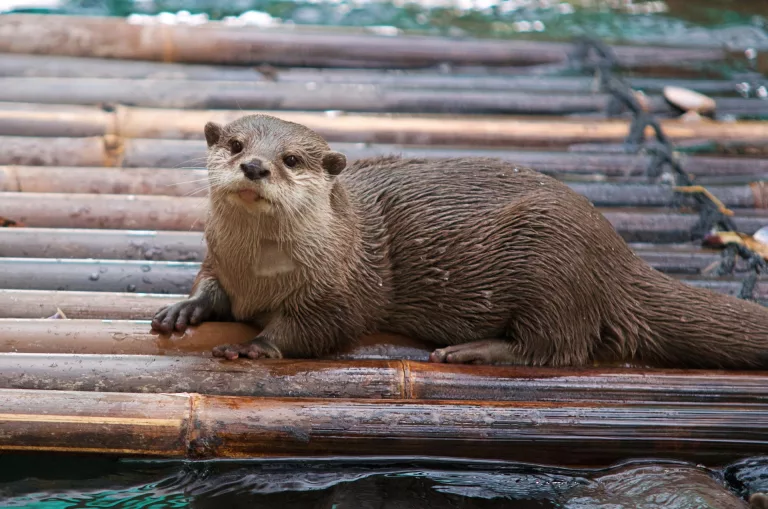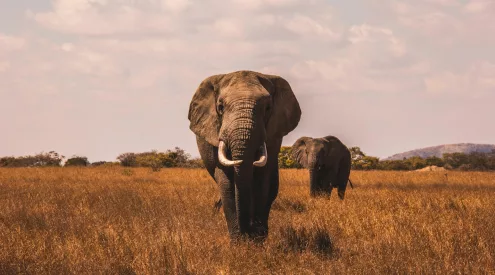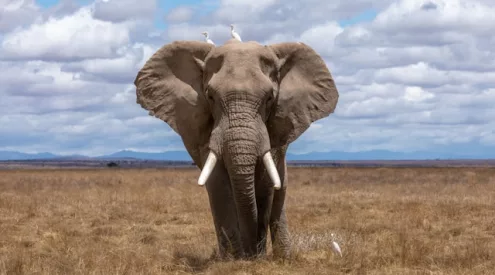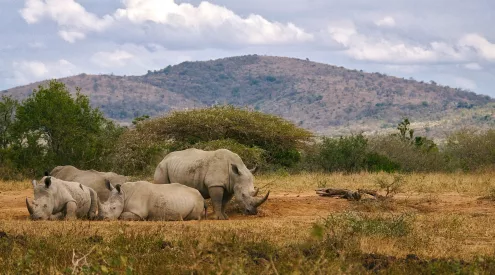Nepal has recorded a thrilling wildlife rediscovery: the Asian small-clawed otter, the smallest otter species in the world, has reappeared after vanishing from the country’s records for nearly two centuries.

Picture of otter not affiliated with Nepal otter/Third Idea/Unsplash
In November 2024, a young, injured otter was spotted along the Rangun and Puntara rivers in Nepal’s Dadeldhura District. With no confirmed sightings since 1839, experts had feared the species extinct in the region.
But this remarkable encounter has sparked renewed hope for otter conservation in the Himalayas, according to reports from CMU.
A glimmer of hope
The discovery unfolded quietly. Local forest officers found the weak, wounded otter and nursed it back to health, unaware at first of its significance. They shared photos and videos with researchers, including Mohan Bikram Shrestha of the Central South University of Forestry and Technology.
After expert consultation with the IUCN Otter Specialist Group, the animal was positively identified as an Asian small-clawed otter.
Shrestha described it as “a remarkable discovery for conservation in Nepal,” noting how it dispelled fears that the species had been lost forever in the region.
Nepal is home to three native otter species—the smooth-coated otter, the Eurasian otter, and the elusive Asian small-clawed otter. While the first two are occasionally observed, the third had slipped entirely from scientific view until now.
ALSO READ: Wildlife viewing in winter: Why it’s the best time for a safari
Survival against all odds
This rediscovery, however, casts a spotlight on the fragile ecosystems that these creatures call home. Nepal’s rivers are increasingly threatened by pollution, deforestation, and unsustainable land use.
One of the gravest threats comes from small-scale mining operations that pollute waterways and decimate fish populations—otters’ primary food source. Otters depend heavily on healthy fish stocks, note local conservationists, and without those, their survival becomes increasingly precarious.
Unsustainable fishing practices by local communities and agricultural runoff further degrade the habitat. Forest clearance removes vital breeding and sheltering areas, leaving otters vulnerable to human-wildlife conflict.
What’s next for otter conservation
With this unexpected reappearance, experts are calling for urgent national action. Nepal is now drafting a dedicated otter conservation plan. Sanjan Thapa, deputy coordinator of the IUCN Otter Specialist Group’s Himalayan region, emphasises the need to include the Asian small-clawed otter in these efforts.
“The rediscovery teaches us that even animals presumed extinct can persist if we pay attention and protect their habitats,” says Thapa. “This should serve as a wake-up call.”
This moment mirrors a broader truth in conservation: the natural world still holds secrets—and second chances—if we’re willing to act.
Follow us on social media for more travel news, inspiration, and guides. You can also tag us to be featured.
TikTok | Instagram | Facebook | Twitter
ALSO READ: Dive sites for beginners with unreal marine life


















